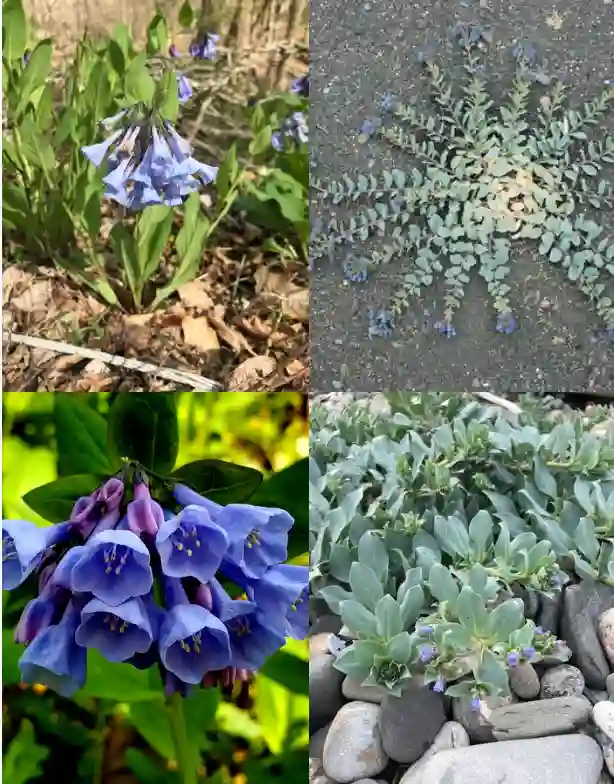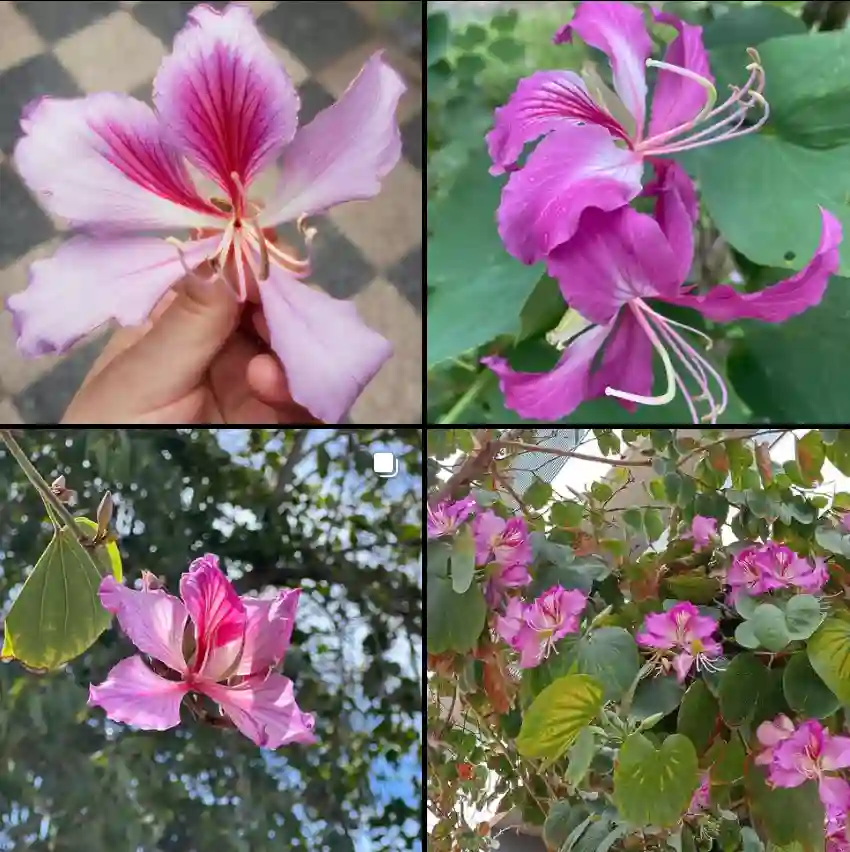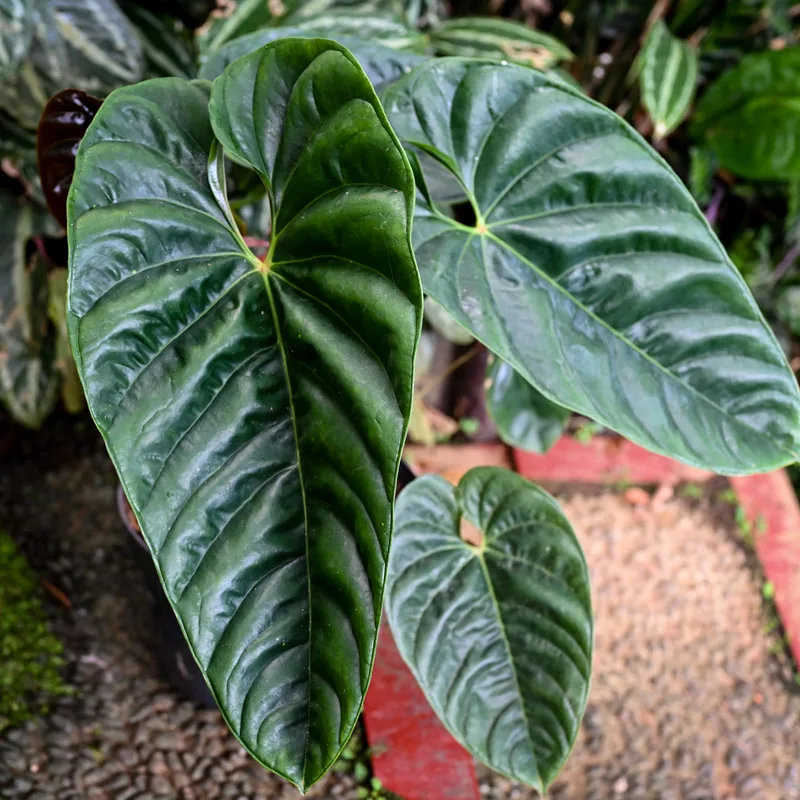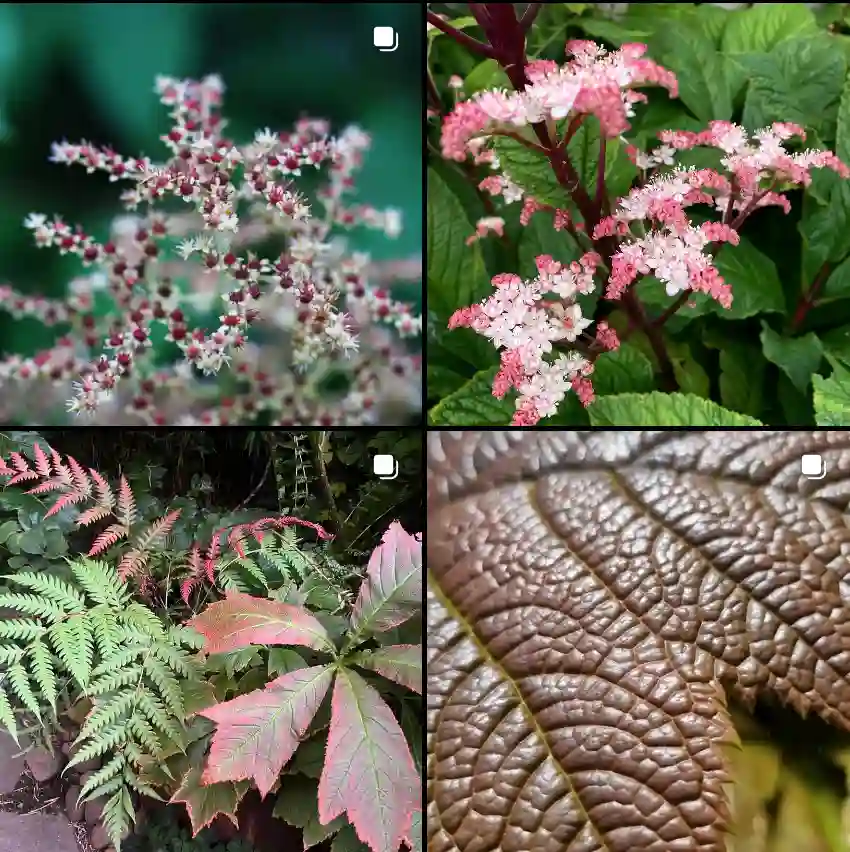The Olea Genus: A Deep Dive with Ferb Vu
As a plant enthusiast, I’ve always been fascinated by the diversity and resilience of the Olea genus. This group of evergreen trees and shrubs, belonging to the Oleaceae family, has captivated me with its historical significance, economic importance, and ecological role. Today, I want to share my knowledge and passion for this remarkable genus with you.
What is the Olea Genus?
The Olea genus comprises around 12 species native to warm temperate and tropical regions of the world. These regions include Southern Europe, Africa, Southern Asia, and Australasia. They are characterized by their simple, opposite leaves, small, fragrant flowers, and fleshy fruits known as drupes. Perhaps the most famous member of this genus is Olea europaea, the olive tree, revered for its oil and fruit since ancient times.
A World of Olives: Exploring Olea Species
While the olive tree is the most recognized member, the Olea genus boasts a diverse array of species, each with unique characteristics and adaptations. Here are:
- Olea europaea: The olive tree, cultivated for thousands of years for its oil and edible fruit. It thrives in Mediterranean climates and is a symbol of peace and prosperity. Plant FAQs: Olive Tree – Olea Europaea
- Olea capensis: The black ironwood, a large evergreen tree native to Southern Africa, known for its dense, durable wood used in construction and furniture making.
- Olea lancea: The small-leaved olive, a shrub or small tree found in Australia, with narrow leaves and small, black fruits.
- Olea capitellata Ridl.
- Olea chimanimani Kupicha
- Olea exasperata Jacq.
- Olea luzonica Kiew
- Olea paniculata R.Br.
- Olea puberula Ridl.
- Olea schliebenii Knobl.
- Olea welwitschii (Knobl.) Gilg & G.Schellenb.
- Olea woodiana Knobl.
The Olive Tree: A Cultural and Economic Icon
The olive tree, Olea europaea, holds a prominent place in human history. Its cultivation dates back to ancient civilizations in the Mediterranean, where it was revered as a sacred tree and a symbol of peace, wisdom, and prosperity. Olive oil, extracted from the fruit, has been a staple food and a valuable commodity for millennia, used for cooking, lighting, religious ceremonies, and medicinal purposes.
The olive branch, a symbol of peace and reconciliation, has its roots in ancient Greek mythology. The goddess Athena, in a contest with Poseidon for patronage of the city of Athens, gifted the city with an olive tree, symbolizing peace and prosperity. This powerful symbol continues to resonate today, reminding us of the importance of harmony and cooperation.
The Ecological Importance of Olea
Beyond its cultural and economic significance, the Olea genus plays a vital role in the environment. These trees and shrubs are well-adapted to arid and semi-arid climates, providing valuable ecosystem services such as:
- Soil conservation: Their extensive root systems help prevent soil erosion and improve water infiltration.
- Carbon sequestration: They absorb carbon dioxide from the atmosphere, mitigating climate change.
- Habitat provision: They provide food and shelter for a variety of wildlife, including birds, insects, and small mammals.
- Biodiversity support: They contribute to the overall biodiversity of their respective ecosystems.
Facing the Future: Conservation and Sustainability
Despite their resilience, Olea species face numerous threats, including habitat loss, climate change, and pests and diseases. Conservation efforts are crucial to ensure the survival of these valuable plants and the ecosystems they support. Sustainable cultivation practices, such as water-efficient irrigation and integrated pest management, are essential to minimize the environmental impact of olive production.
As we move forward, it is imperative that we recognize the importance of the Olea genus, not just for its economic and cultural value but also for its ecological significance. By understanding and appreciating these remarkable plants, we can work towards their conservation and ensure that they continue to thrive for generations to come.
If i die, water my plants!



